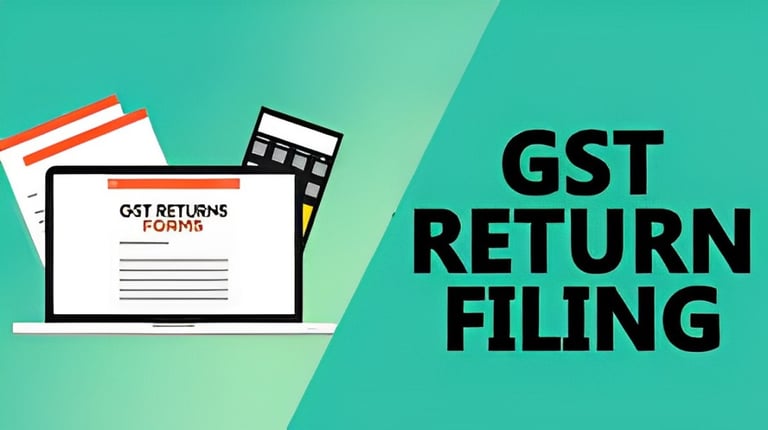Servfiling: Building Trust through Expert Compliance Solutions
GST
Goods & Service Tax
Servfiling
5/10/20241 min read


GST
GST stands for Goods and Services Tax, which is a comprehensive indirect tax levied on the supply of goods and services in India. It has replaced many of the existing indirect taxes such as VAT, excise duty, service tax, etc., with a single unified tax system.
Key points about GST:
Unified Tax System: GST aims to create a unified tax structure across the country, eliminating the cascading effect of taxes.
Multiple Components: GST has multiple components, including Central GST (CGST), State GST (SGST), Integrated GST (IGST), and Union Territory GST (UTGST).
Destination-Based Tax: Unlike the previous tax regime which was origin-based, GST is a destination-based tax. It means that the tax is levied at the point of consumption rather than at the point of origin.
Registration: Businesses with a turnover above a certain threshold are required to register under GST and obtain a unique GSTIN (Goods and Services Tax Identification Number).
Input Tax Credit (ITC): GST allows registered businesses to claim credit for taxes paid on inputs used in the supply of goods or services. This helps in reducing the tax burden on businesses.
Electronic Filing: GST compliance involves filing returns and maintaining records electronically through the GSTN (Goods and Services Tax Network) portal.
Tax Slabs: GST has multiple tax slabs for different categories of goods and services, including 0%, 5%, 12%, 18%, and 28%.
Exemptions and Composition Scheme: Certain goods and services are exempt from GST, and small businesses have the option to opt for the composition scheme, which involves lower compliance requirements and a flat tax rate.
Overall, GST aims to simplify the tax structure, promote ease of doing business, and create a seamless national market.
If you have any specific questions regarding the GST, feel free to ask!
